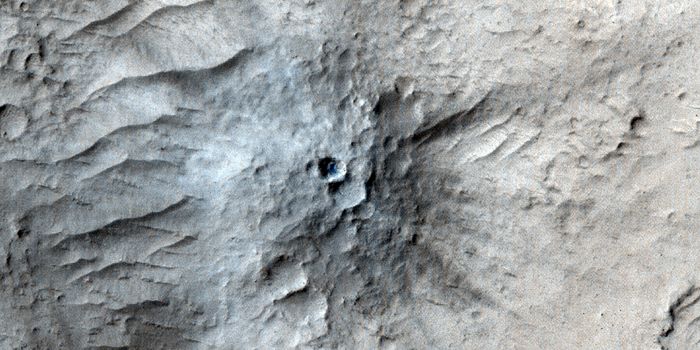Image Credit: Test credit soruce
Astronauts aboard the International Space Station have a new tool in their kit and the possibilities seem limitless for providing materials and equipment needed on long space missions.
A commercial grade 3D printer was launched in September via a Space X Falcon 9 rocket and then delivered to the ISS via a Dragon supply ship. The printer was developed in a partnership between NASA and a private space start-up from Silicon Valley. Made In Space, Inc. built the printer specifically for use on the ISS. Before they could get a printer to the zero gravity environment of the space station, Made In Space researchers had to modify a traditional 3D printer to work where there is no gravity.
"We started with the goal of putting a 3D printer on the space station," said Jason Dunn, co-founder and chief technology officer of Made in Space. "We recognized that we needed to first figure out how to make 3D printing work in zero gravity."
Due to moving parts and layers being just microns away from each other on 3D printers, engineers had to adjust the mechanics of the printer to allow for the float that would occur in the space station's weightless environment. Made In Space researchers used a prototype 3D printer, exposing it for short periods of time to weightlessness aboard a Space X zero gravity plane. They would then change the parts as needed and repeat the process until the pieces all worked together in a microgravity situation.
In addition to the mechanics, temperature was a concern as well. Material such as the ABS plastic that is used in the printer to create parts has to be heated to go through the extrusion process and then cooled once the part is finished. Storage of the materials and finished parts is complex, but researchers feel they have the process down and are looking forward to the results now that the printer has arrived.
"It's especially important when we consider human space exploration," said Niki Werkheiser, NASA's manager for the 3D Printing in Zero-G project. "From day one, the supply chain has been very constrained. We have to launch every single thing we ever need from Earth, so being able to make what you need on orbit - when you need it - is a real game changer."
Another consideration is the violent shaking and noise that occurs when items are launched aboard a rocket bound for space. The engine thrust powered by thousands of pounds of rocket fuel can damage items before they are even off the launch pad. Making replacement parts and other supply items in space avoids the damage the launch sequence can cause and cuts down on cost. Estimates are that about 30% of parts that break on the ISS can be manufactured right there on site with the Zero G 3D printer.
From tools and medical gear to tiny CubeSat structures, the 3D printer will hopefully solve many repair issues aboard the space station. While previous astronauts had to improvise some repairs with whatever materials were on hand much like the television hero MacGyver, the space station residents now have a much more high-tech solution than gum and paperclips with which to work.









